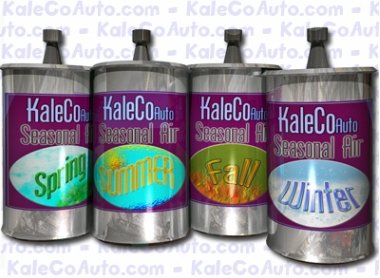whm1226
New member
Downside? Typically the rip-off cost. Advantage - leaks less through crappy rubber. Not a big deal. Less pressure change - only because it is dry. Dry air will do the same.
Bottom line. I like 78% nitrogen in my tires.
Edited: 78%, not 82%, my memory from 1960 failed me.
Here in Florida, my tires lose about a pound per month if I ride or not. I check them regularly and I inflate to the pressure that I found to work with the least amount of cold/hot swing. It's hard to find dry air here in the tropics.
The tech at the local Costco will put the nitrogen in for nothing so the cost is reasonable.
Thank you for the response.




